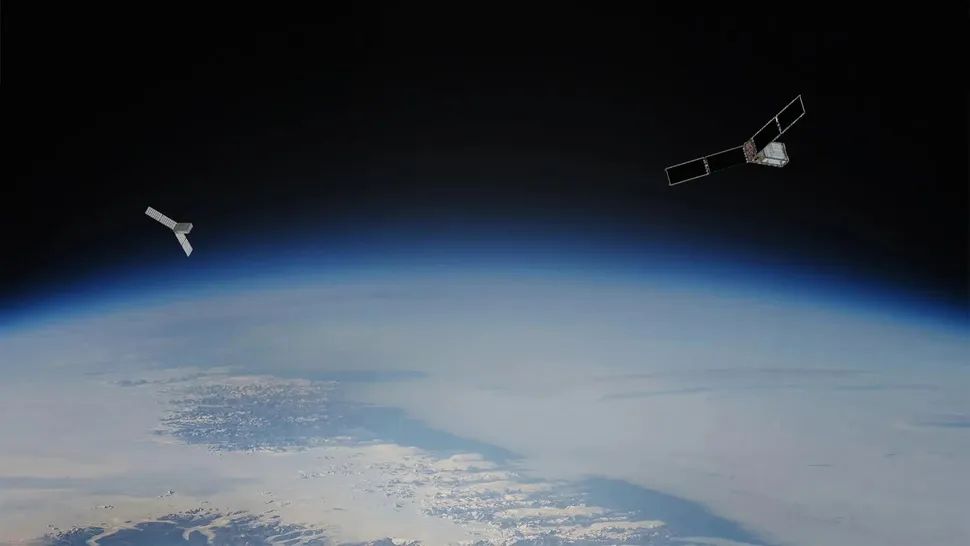NASA is preparing to launch its latest climate science mission, the Polar Radiant Energy in the Far-Infrared Experiment (PREFIRE), which aims to capture brand new data on how heat is lost to space from Earth’s polar regions.
PREFIRE consists of a pair of cubesats that will launch separately into near-polar orbits. The first, “Ready, Aim, PREFIRE,” is set to launch no earlier than (NET) May 22, on a Rocket Lab Electron rocket from Pad B at the company’s Launch Complex 1, in Māhia, New Zealand. The second cubesat, “PREFIRE and ICE,” will launch a few days later.
The pair are designed to measure far-infrared radiation — wavelengths longer than 15 microns — that account for about 60 percent of the total heat lost at the poles. “We’ve never measured that before,” said PREFIRE Principle Investigator at the University of Wisconsin-Madison Tristan L’Ecuyer during a May 15 call with reporters. L’Ecuyer says PREFIRE will help scientists study how different properties at the poles, such as clouds, humidity and the fluctuation of the surface between frozen and liquid states, contribute to the dissipation of heat lost to space.
The Arctic is warming faster than anywhere else on Earth, leading to paradigm shifts for local populations and wildlife habitats at the poles, as well as global ramifications such as rising sea levels. “Ultimately, [PREFIRE] information is going to be combined with our climate models and hopefully we’ll be able to improve our ability to simulate what sea level rise might look like in the future, and also how the polar climate change is going to affect the weather systems around the planet,” L’Ecuyer said.
The PREFIRE cubesats are each about the size of a loaf of bread, and contain identical thermal infrared spectrometers. Though small, their cost-effective design and singular purpose fit nicely into NASA’s growing matrix of climate research missions, such as the much larger SWOT satellite (Surface Water and Ocean Topography) for studying water levels across the entire planet. “NASA needs both our large missions and these smaller missions,” said Karen St. Germain, NASA’s Earth Science Division director at the agency’s headquarters. “You can think of them in some ways as generalists versus specialists to answer this full range of questions we have about understanding the Earth as a system.”
Each cubesat is equipped with a single infrared spectrometer. Mary White, PREFIRE Project Manager at NASA’s Jet Propulsion Laboratory, described them as a “scaled-down” version of NASA’s Moon Mineralogy Mapper (M3) optical system during the May 15 call, and pointed out similarities with two additional missions that have successfully validated the technology — the Mars Climate Sounder (MCS) instrument on NASA’s Mars Reconnaissance Orbiter (MRO), and the Diviner Lunar Radiometer Experiment aboard the Lunar Reconnaissance Orbiter (LRO).
The mission’s dual-satellite approach allows researchers to gain a unique perspective on changes happening at our planet’s poles. “Having one cubesat would be able to sort of map out what the emission looks like in the polar regions,” L’Ecuyer explained. “We’ll be using the two cubesats to make measurements over the course of several hours, taking the difference between those measurements and trying to understand how the processes that are occurring in the Arctic are actually affecting the emission from the Arctic.”
Like with all of NASA’s climate research, White says PREFIRE data will be accessible by the public: “All NASA data are open and freely available to all scientists or all people who are interested around the world. That’s part of our open science data policy, and that would certainly be true for this mission.”
Source: https://www.space.com/nasa-prefire-polar-climate-cubesats



